GM Makes Mopar Fans Jealous With New Twin-Turbo “LT7” Engine
New V8 From GM, Dethrones C170 HELLEPHANT As Most Powerful V8...
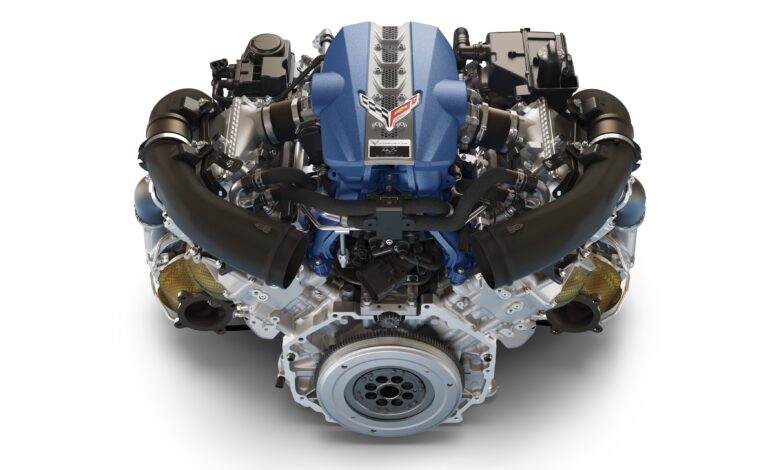
Chevrolet has unleashed a new beast in the automotive world with the 2025 Corvette ZR1, boasting an impressive 1,064 horsepower from its all-new LT7 engine. This twin-turbocharged 5.5-liter DOHC flat-plane crank V8 is setting new benchmarks and leaving Mopar fans green with envy, especially in light of recent changes in Stellantis’ engine lineup.
The LT7 engine in the 2025 Corvette ZR1 produces a staggering 1,064 horsepower at 7,000 rpm and 828 lb.-ft. of torque at 6,000 rpm. These numbers make it the most powerful V8 ever produced by an American auto manufacturer. Chevrolet estimates that the ZR1 can achieve a top speed of over 215 mph on the racetrack and can complete the quarter-mile in under 10 seconds.
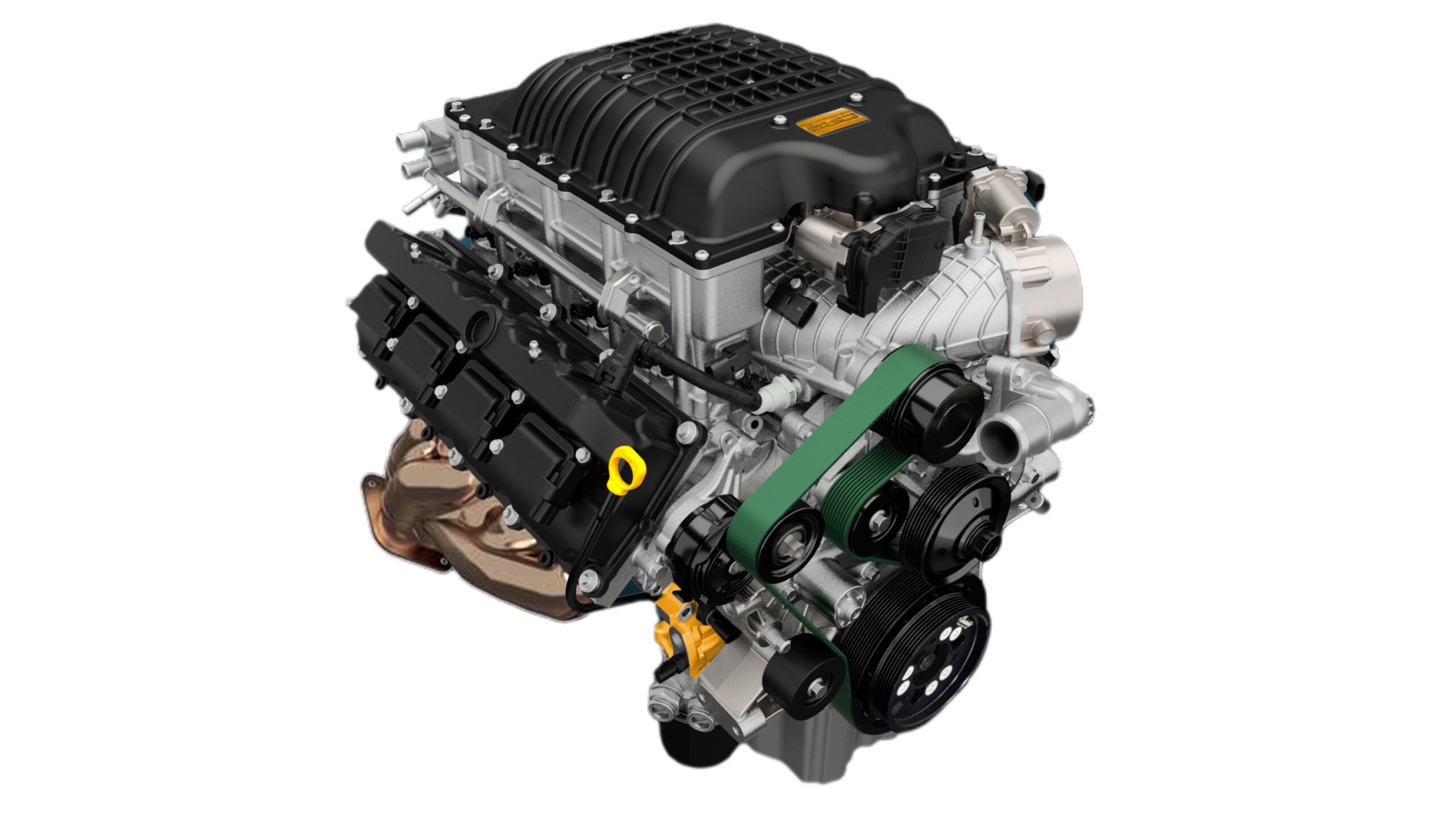
When stacked against the 2023 Dodge Challenger SRT Demon 170, the Corvette ZR1’s performance is even more impressive. The Demon 170, powered by a supercharged 6.2-liter HEMI V8, produces 1,025 horsepower and 945 lb.-ft. of torque. While these figures are remarkable, the ZR1’s twin-turbocharged V8 edges out the Demon in terms of horsepower, highlighting General Motors’ (GM’s) dedication to pushing performance boundaries.
Mopar enthusiasts have long cherished the HEMI V8 for its raw power and distinctive sound. However, Stellantis has discontinued most of its HEMI V8 lineup in favor of twin-turbocharged inline-six engines and electric vehicles (EVs). This move has left many fans disheartened, feeling that the automaker is moving away from its high-performance roots.
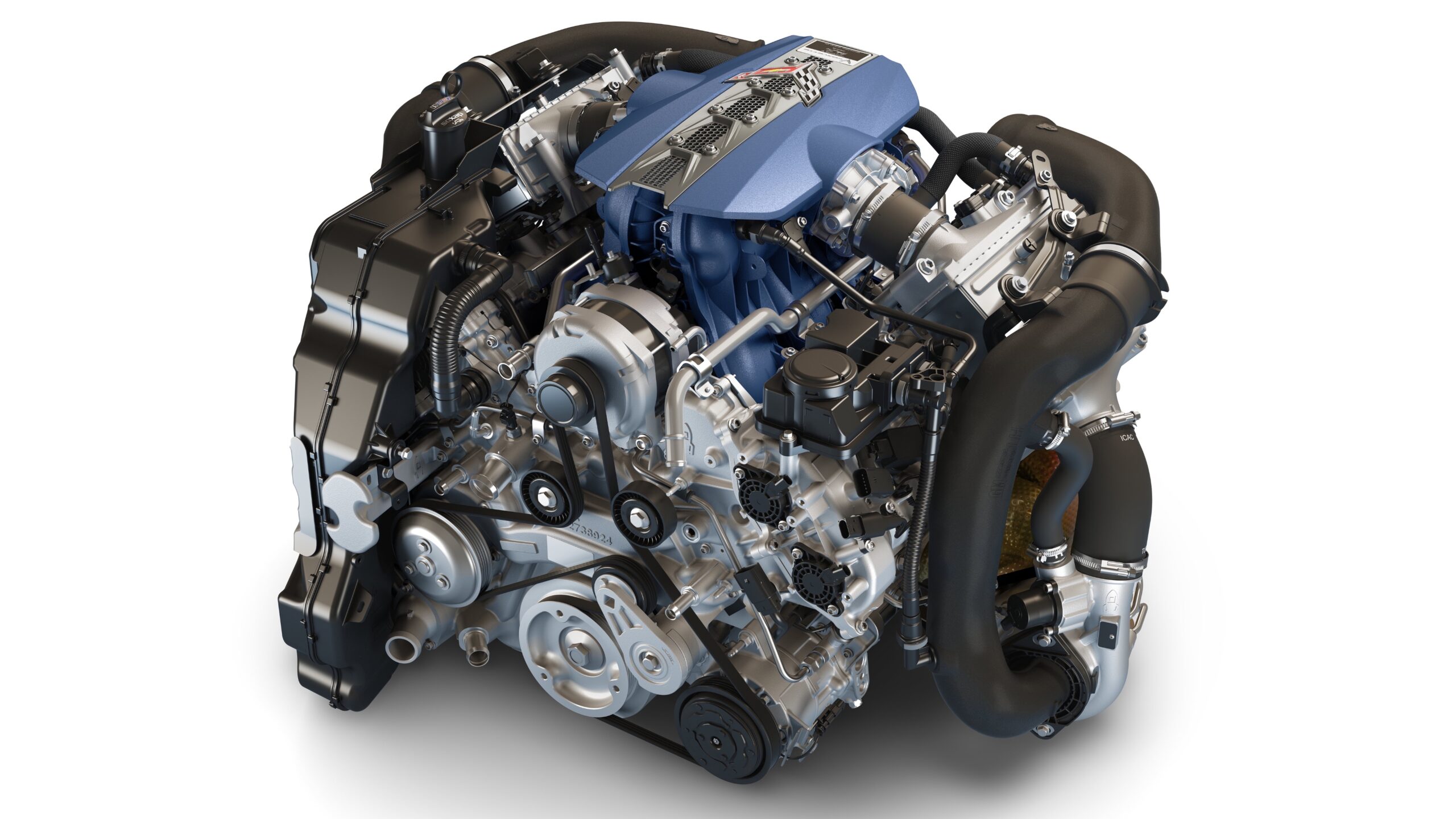
While Stellantis shifts focus, GM and Ford continue to invest in high-performance V8 engines. GM recently announced nearly $1 billion in funding for the development of a next-generation small block V8. On the other hand, Ford is working on the Mustang GTD, featuring a new version of its 5.2-liter V8 that delivers 800 horsepower.
Both GM and Ford are leveraging their EV programs to offset fuel emissions requirements, allowing them to maintain V8 engines in their lineup. This approach ensures that enthusiasts still have access to the powerful engines they love while also meeting modern emissions standards.
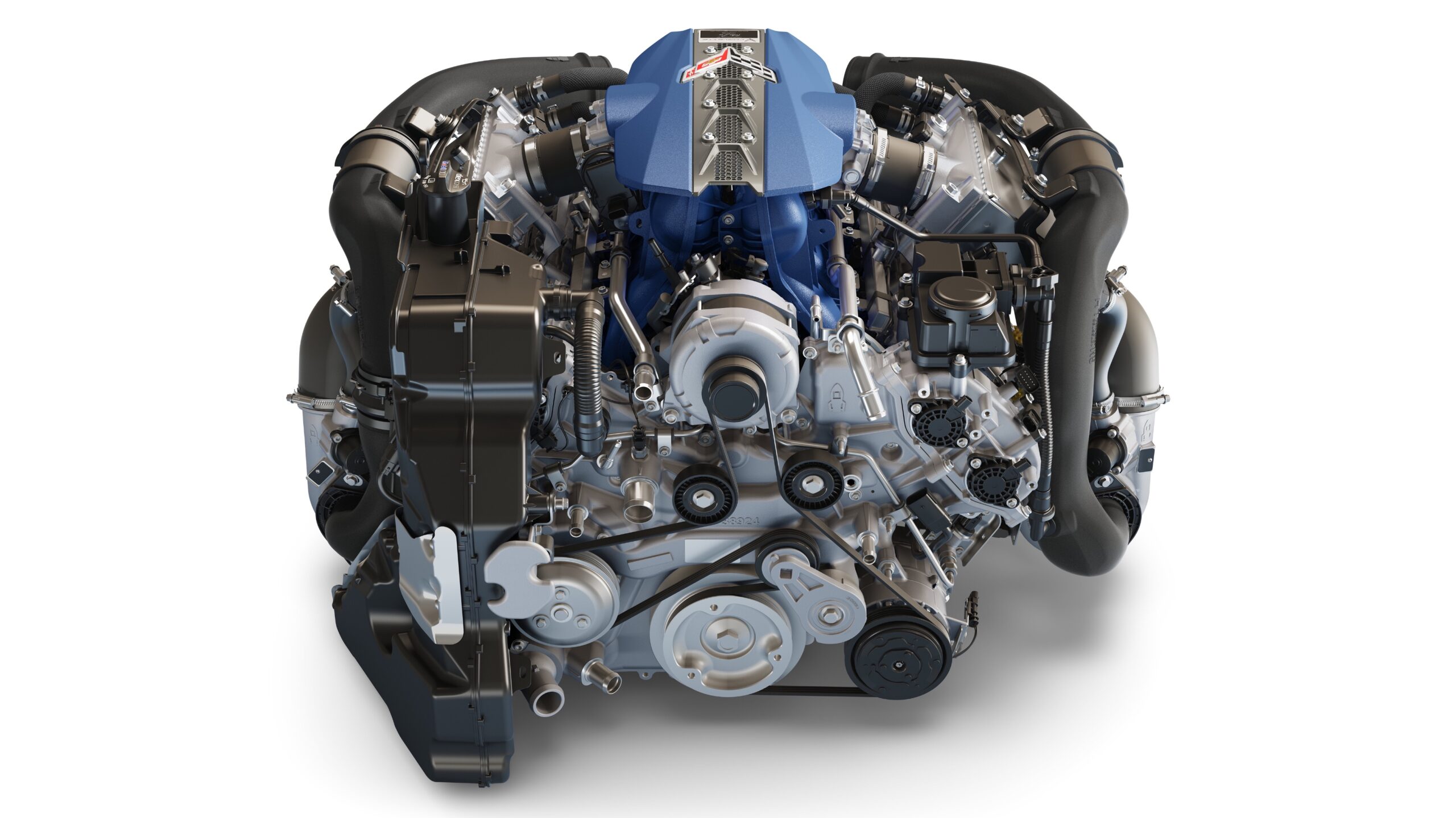
Stellantis reported a 48% drop in net profit for H1 2024 compared to the previous year, along with a significant decline in sales in the North American market. Stellantis plans to lower prices on some struggling nameplates to regain customer confidence. However, many believe that the company’s CEO, Carlos Tavares, does not fully understand the preferences of the North American market.
The decision to move away from V8 engines and towards EVs and inline-six engines may alienate a significant portion of Stellantis’ customer base. While EVs are gaining popularity, a majority of customers still prefer the traditional power and performance of V8 engines. If Stellantis fails to address these preferences, it risks losing loyal customers to competitors like GM and Ford.

The 2025 Chevrolet Corvette ZR1 is a testament to Chevrolet’s commitment to high-performance engineering. Its LT7 engine sets new standards for power and performance, making it a formidable competitor in the supercar segment. Meanwhile, Mopar fans face uncertainty with Stellantis’ shift away from the beloved HEMI V8. As GM and Ford continue to innovate with powerful V8 engines, Stellantis must carefully balance its transition to EVs with the desires of its traditional performance-focused customer base.

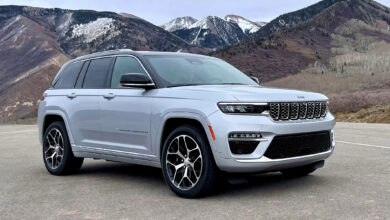
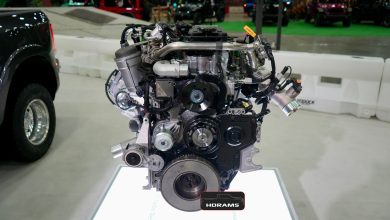
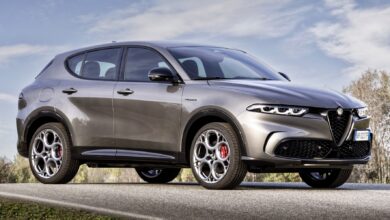
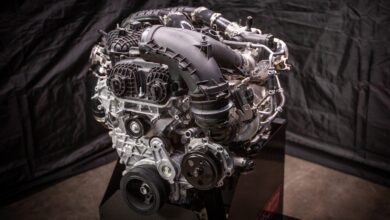
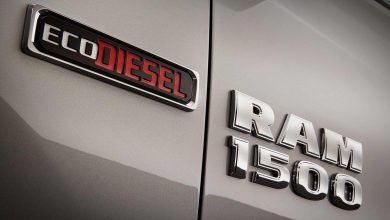
15 replies
Loading new replies...
Join the full discussion at the Mopar Insiders Forum →